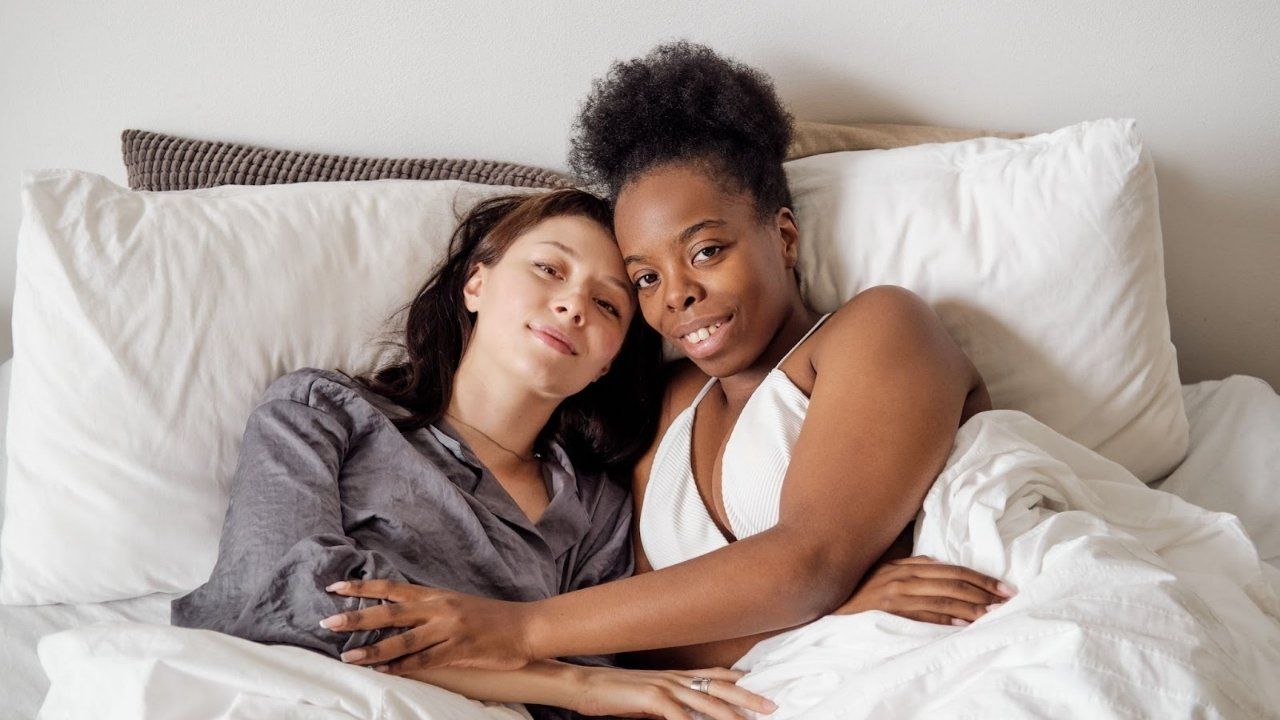Reader Question: What Is Gender Fluidity? (Part 1)
Nov 08, 2017
My question has to do with gender fluidity. I understand that we all have male and female within. But somehow I’m finding this concept, when taken to dressing, acting out the parts, and expecting others to respond accordingly, as ridiculous. I feel as if I’m being really old fashioned and very judgmental.
First, I want to thank you for asking! This question is about very sensitive material, and you fear you are being judgmental.That takes a lot of courage. Also, it’s an excellent question, and I know there are plenty of people out there too afraid to ask. You are opening the door for others, and that makes you awesome.
This is a big topic, so I’m splitting my answer up over two blog posts. For the first one, I’ll lay the groundwork for our conversation by talking about how rigid gender roles in society affect emotional development for everyone. In the next post, I’ll dive more deeply into what it means to genderfluid or not have a binary gender identity, in relation to what we’ve discussed in this first post. I’ll finish it up with some suggestions for clinicians about what you can do to make your genderfluid and nonbinary clients more comfortable.
Most us have been raised with very binary ideas about gender. We’re taught that there are men and women, and, correspondingly, there are male and female ways of dressing, talking, working, and relating to people; in a word, gender roles. We even assign gender to everyday objects: women’s clothes and men’s clothes. ‘Girly’ drinks and ‘manly’ drinks. Chick flicks and action movies. We assume non-conforming people are gay, and even that same-sex couples have “male” and “female” counterparts thereby perpetuating the binary construct.
Of course, as I list these examples, you can probably think of a hundred ways that you and the people you know don’t fit into these categories. That’s exactly my point–these categories are arbitrary. Almost nobody on the planet fits completely or comfortably into our culturally-sanctioned ideals of masculinity and femininity, and that’s completely okay and to be expected. In fact, as far as I’m concerned, it’s wonderful, because it’s an expression of the beautiful diversity of individuals and the infinite forms of self-expression.
It’s also important to note that ideas of what it means to be feminine and masculine vary vastly from culture to culture. Here’s a great example: today, wearing high heels is considered unquestionably feminine. But just a few hundred years ago, in 17th century France, that look was considered the height of manliness. High heels made the switch to being considered feminine as part of a fad in which women started to adopt masculine clothing.
At birth, we all come into the world wrapped up in expectations about what our body parts imply about how we will conduct ourselves in life. As we get older, our understanding of ourselves is shaped by not only expectations of what it means to be a boy or a girl, but also our internal experiences of emerging individuality. As we discover our individual selves, many of us feel stifled by or rebel against rigid gender categories in one way or another. Many more are afraid to do so for very good reasons. Life is much simpler when our internal sense of gender matches the body we were born with, and simpler yet if body and assigned sex parts also match our fashion sense. Even simpler if you we are attracted to members of the opposite sex. (Did you notice how biased that common phrase is? As if anyone you might be attracted to will be either male or female, not to mention the assumption that we are all attracted to someone, or at least should be.)
But what happens when expressing oneself congruently means dressing or behaving in ways our culture doesn’t condone, for instance, male-bodied people wearing dresses? Consider the female-bodied people in the 1950s who wanted to wear trousers. Looking back now that seems like a simple matter. But at that time, it was not at all simple. It took years for even that shift in gender expression to be accepted, and we wouldn’t be wearing blue jeans without those who pushed the issue despite real consequences. There is still plenty of work to do in our society to make sure everyone feels comfortable expressing their gender however they wish, and we can all play a part in making that possible.
This is part 1 of a series–check out part 2 of What is Gender Fluidity? here.)






